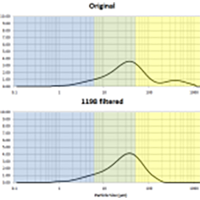Overview
The Geospatial Laboratory for Soil Informatics (GLSI) provides a suite of four different tools designed to enhance the analysis of soil, geomorphometry, and spatial relationships. Explore our ArcGIS toolboxes and Excel macros to improve data accuracy, uncertainty quantification, and geospatial modeling in soil and environmental sciences.




